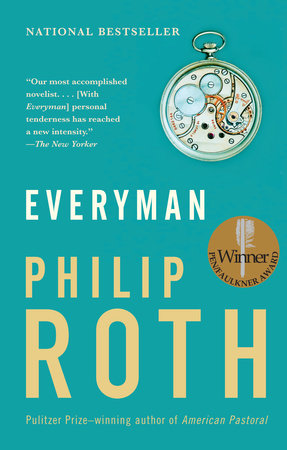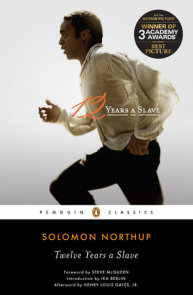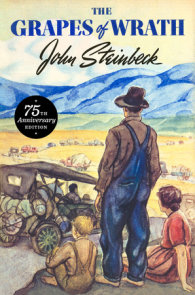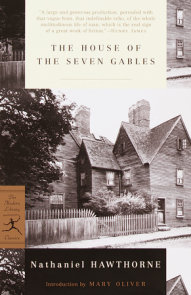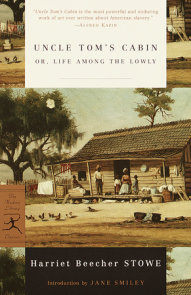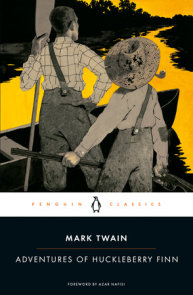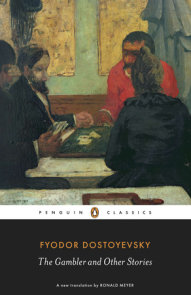READERS GUIDE
NATIONAL BESTSELLERPEN/Faulkner Award Winner
“Our most accomplished novelist. . . . [With Everyman] personal tenderness has reached a new intensity.”
—The New Yorker
The introduction, discussion questions, suggestions for further reading, and author biography that follow are designed to enhance your group’s discussion of Pulitzer Prize–winning author Philip Roth’s extraordinary new novel, Everyman.
Introduction
“Old age isn’t a battle, old age is a massacre” [p. 156] has become the most frequently quoted line from Everyman. In this brief but expansive novel, Roth turns his gaze on human mortality, offering an intimate yet universal story of loss, regret, and stoicism.Unlike the hero of the fifteenth-century morality play of the same title, a Christian allegory about sin and redemption in which the hero is summoned by Death to account for his life before God, Roth’s Everyman, when his health declines, is left to contemplate the fragility of the body and the tenuousness of existence. As a young boy about to undergo a hernia operation, he is a witness to the death of a child who shared his hospital room. And as an adult he is besieged by illness: a near-fatal attack of appendicitis, a quintuple bypass operation, and two carotid artery surgeries, the last of which kills him. But while his medieval counterpart fears God, Roth’s hero is certain that God is a fiction, and he deplores the childishness of religious faith. For him there is no afterlife, no final judgment, no heaven to hope for—only a death that leads to nothingness.
For much of his life he tries to be the responsible son his parents expected him to be, to live a conventional and dutiful life as a husband, father, and provider. He is all of these things, as well as a man susceptible to two of the most common human inclinations, lust and envy. As he grows older, more fragile, and more lonely, he becomes increasingly envious of his brother Howie’s unabated good health and ever more conscious of the familial wreckage—painfully embodied in three broken marriages and two sons who despise him—he has left behind. His sexual desire now goes unsatisfied, and memories of his former prowess serve only to torment him. Nor can he revive for long his ambition to become a painter—put aside while he earned a living as an advertising art director—which he comes to view as little more than foolish self-delusion. He sees himself, near the end of his life, as “thrice divorced,a one-time serial husband distinguished no less by his devotion than by his misdeeds and mistakes” [p. 160].
Everyman is a vividly specific and heartrending account of one man’s long skirmish with mortality, and a much larger story about the facts of illness and dying that sooner or later must be faced by all. It is a testament to Roth’s seemingly inexhaustible creative powers that he invests this story of illness and death with all the vibrancy that has made him America’s most acclaimed novelist.
Questions and Topics for Discussion
1. What is the relevance of the title to the story that is told in the novel?
2. What do you learn about the man being buried from the opening scene at the cemetery? What would the book be like if this scene came—as it might if the story were told chronologically—at the end rather than at the beginning?
3. Describe precisely his predicament with his sons, Lonny and Randy.
4. Describe precisely his relationship with his daughter, Nancy. What is the nature of their predicament?
5. Why does he refuse the consolations of religion despite his sharing in the universal terror of death?
6. What is his relationship with the dead? a. With his dead parents. b. With Millicent Kramer. c. With those of his family who are long dead.
7. Why does he take up painting, and why does he abandon it? Why does he begin teaching painting classes to his fellow retirees, and why does he stop teaching?
8. Exactly what transpires between the young jogger and the hero? Trace the shifting development of their encounter line by line.
9. While visiting his parents’ graves, the protagonist imagines his father telling him: “Look back and atone for what you can atone for, and make the best of what you have left” [p. 171]. Why does he imagine his father giving this order? Why doesn’t he imagine his mother giving it? Why does he imagine his mother saying “Good. You lived” [p. 171]. What does she mean? How do you explain the difference between what is voiced by the father and what is voiced by the mother?
10. Some readers have said that they wept when they finished reading the book. Did you weep? If so, why? If not, how do you understand the response of those who did?
11. Examine the final paragraph of the book sentence by sentence. Discuss the motifs that are gathered together in these final sentences and the importance of each to the novel.
12. How does the twenty-first-century novel Everyman significantly diverge in content, form, and intent from the fifteenth-century English morality play Everyman? In what important ways has Roth modernized and secularized that medieval text?









